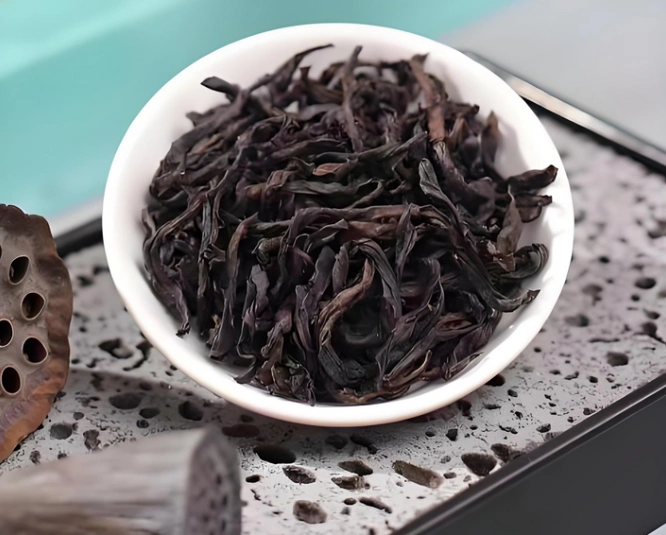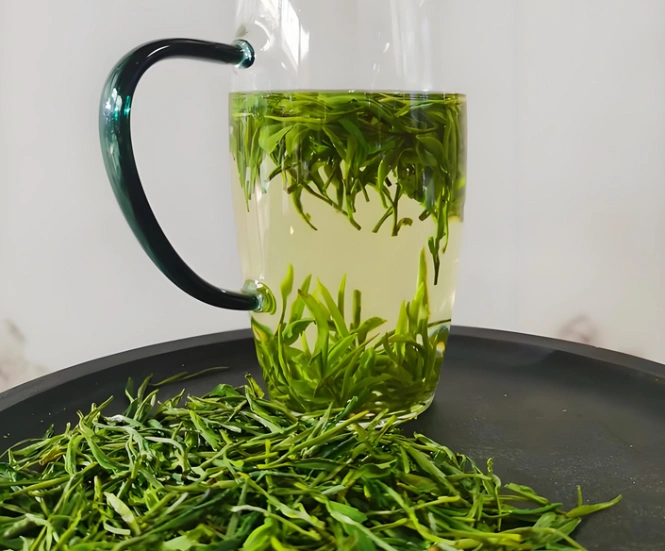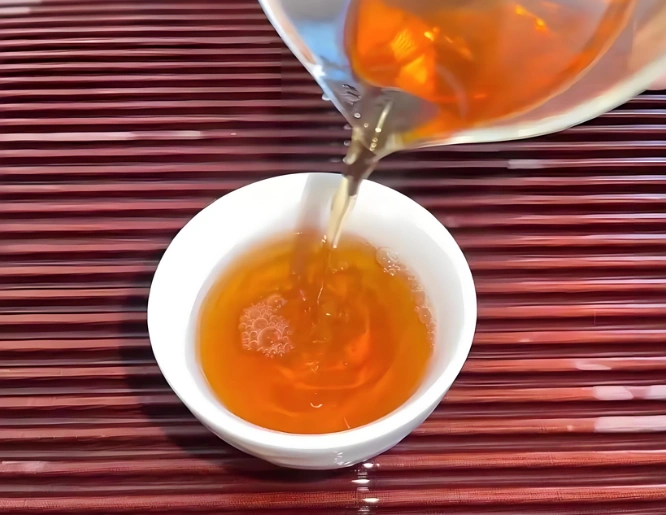Oolong tea vs green tea sparks debate among tea lovers for good reason: both offer vibrant flavors and health perks, yet their journeys from leaf to cup diverge dramatically. Imagine two steaming mugs side by side—one glistening jade-green with crisp vegetal notes, the other swirling amber with floral‑toasty depth. Which do you reach for when seeking clarity, calm, or a metabolic boost?
In this guide, we’ll explore oolong tea vs green tea across processing, flavor, benefits, and best moments to sip, with insights on oolong tea benefits, tips on where to buy authentic oolong tea, and guidance for sourcing premium oolong tea and top‑grade green—so you can crown your personal champion.
1. Processing & Oxidation: The Leaf’s Transformation
Green Tea: The Essence of Freshness
- Minimal Oxidation (0–10%) preserves verdant enzymes and chlorophyll.
- Leaves are heated—pan‑fired or steamed—within hours of picking, locking in grassy aromas.
Oolong Tea: The Art of Balance
- Partial Oxidation (10–70%) teeters between green and black, creating a spectrum from light floral to dark roasted.
- Multiple tossings and controlled oxidation develop complexity, then specialized premium oolong tea kilns fix the flavor.
The key difference in oolong tea vs green tea lies in oxidation degree: more for oolong’s layered notes, less for green’s bright vitality.

2. Flavor Profile Comparison: From Verdant Bite to Floral Roast
| Aspect | Green Tea | Oolong Tea |
|---|---|---|
| Aroma | Fresh-cut grass, seaweed, floral | Orchid, honey, toasted chestnut |
| Taste | Crisp, vegetal, slight bitterness | Silky, floral‑roasted, sweet finish |
| Body | Light, brisk | Medium, smooth |
| Aftertaste | Clean, brisk | Lingering sweetness and warmth |
When deciding oolong tea vs green tea for flavor adventure, consider green for a zesty wake‑up and oolong for a soothing depth.
3. Health Benefits Face‑Off: Antioxidants & Metabolism
Oolong Tea Benefits
- Metabolic Support: A trial showed daily oolong consumption boosted fat oxidation by 6% over baseline, aiding weight management【1】.
- Antioxidants: Rich in theaflavins and EGCG, partially oxidized oolongs protect cells from free radicals.
Green Tea Benefits
- EGCG Powerhouse: Green tea can contain up to 200 mg EGCG per cup, linked to cardiovascular health and reduced inflammation【2】.
- Brain Health: Regular green tea consumption correlates with improved cognitive function in older adults.
Both teas abound in polyphenols, but your goal—metabolic lift (oolong) vs maximal EGCG dose (green)—guides your pick.
4. Caffeine & Energy Effects: Gentle Lift or Zippy Jolt?
- Green Tea: 15–35 mg caffeine per 8 oz cup—enough for a subtle lift without heart flutter.
- Oolong Tea: 30–50 mg caffeine per cup—balanced with L‑theanine for calm alertness.
A side‑by‑side table highlights how oolong tea vs green tea caffeine profiles align with needs: green for mild mornings, oolong for steady afternoon focus.

5. Best Use Cases: When to Sip Which
- Morning Clarity: Reach for green tea to awaken with clean, vegetal zing.
- Afternoon Pause: Brew oolong tea to navigate mid‑day slumps with floral warmth and calm energy.
- Mindful Moments: Oolong tea benefits amplify yoga or meditation, while green tea suits brisk study sessions.
- Post‑Workout: Oolong’s metabolic kick complements recovery; green tea hydrates gently after sweat.
Matching context with flavor and function helps you determine the ideal choice in oolong tea vs green tea.
6. Sourcing Your Tea: Authentic Oolong & Top‑Grade Green
Where to Buy Authentic Oolong Tea
- Tanbiwencha: Direct from Fujian and Guangdong, offering Wuyi rock oolong tea, Anxi Tieguanyin tea, and Phoenix Dan Cong oolong tea with harvest dates and small‑batch lots.
- Teavivre & Verdant Tea: Renowned for transparency, lab‑tested organics, and premium selections.
Sourcing Quality Green Tea
- Verdant Tea’s Japanese Sencha & Chinese Longjing: Clearly labeled by cultivar and region.
- Matcha from Certified Uji Producers: Stone‑ground for ceremonial authenticity.
Vet vendors by checking origin info, customer reviews, and certifications to ensure your cup represents true terroir.
7. Brewing Guide for Peak Flavor
Green Tea Brewing
- Water Temperature: 160–175 °F (70–80 °C)
- Tea Ratio: 2 g per 6 oz water
- Steep Time: 1–2 minutes
Oolong Tea Brewing
- Water Temperature: 185–205 °F (85–96 °C)
- Tea Ratio: 3 g per 6 oz water
- Steep Times: 1 min (first), +30 s each subsequent infusion
Adjust steep times to taste; proper technique ensures your exploration of oolong tea vs green tea reaches its zenith.

🔗 To learn more about how to make tea, check out Tanbiwencha’s YouTube video explaining how to make tea.
8. Taste Test Tips & Pairing Ideas
- Green Tea Pairings: Sushi, seaweed salad, light fruit tarts
- Oolong Tea Pairings: Dim sum, almond biscotti, aged Gouda
Conduct a side‑by‑side tasting: note aroma evolution, mouthfeel, and aftertaste to decide which leaf wins your palate’s favor.
Conclusion & Personal Preference
The oolong tea vs green tea showdown has no universal winner—each leaf offers a distinct spectrum of flavor, function, and ceremony. Whether you sip green tea for its brisk clarity or surrender to oolong tea’s layered warmth, your preference guides the ritual. Experiment with both, source from trusted vendors, and refine your brewing. Share your verdict on oolong tea vs green tea—will you choose green sunrise or oolong sunset?



